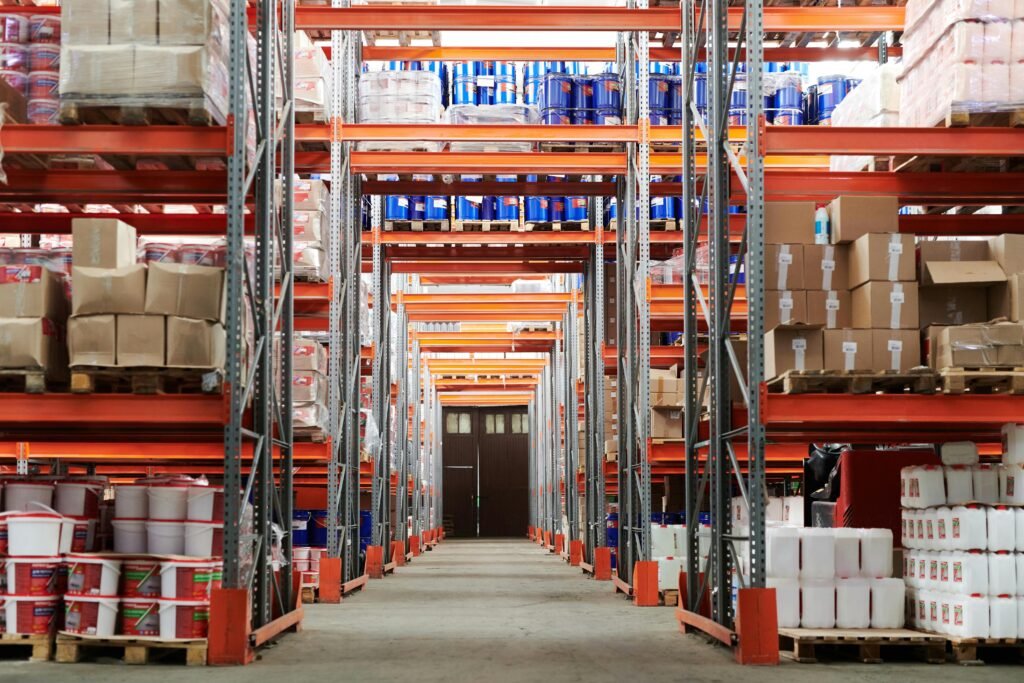
Packaging Trends Reshape Brazil in 2025
Packaging Trends for 2025 in Brazil
Once considered merely protective or decorative, packaging has become a strategic asset in today’s industrial landscape. In 2025, the global packaging market is undergoing significant transformations driven by sustainability, automation, functional design, and technological innovation. Packaging Trends Reshape Brazil in 2025. These global shifts are already influencing the Brazilian market, pushing local companies to adapt quickly in order to remain competitive in an increasingly demanding and connected environment.
Sustainability as the New Market Standard
Sustainability is no longer a differentiator but a consumer and international trade requirement. Compostable, recyclable, reusable, and low-plastic packaging is being prioritized worldwide. According to IFCO Systems, there is a growing focus on circular packaging systems and plant-based materials.
In Brazil, this movement is driven by export demands and initiatives like Braskem’s green plastic, produced from sugarcane ethanol. According to Packaging Première, the country has stood out as an emerging power in sustainable innovation within the sector.
Smart and Connected Packaging
Digitalization has reached packaging. QR codes, RFID tags, and sensors enable real-time product tracking and provide interactive information to consumers. These solutions are part of what Packaging Labelling identifies as the future of “smart packaging,” integrating logistics, quality control, and user experience.
In Brazil, major food and pharmaceutical industries have already begun exploring these technologies, especially for higher-value products. There are still challenges in terms of cost and infrastructure, but the potential gains in efficiency and consumer trust are significant.
Minimalist and Functional Design
Packaging aesthetics are also evolving. The global trend is toward visually cleaner packaging, with fewer graphic elements and a focus on information clarity. This not only improves communication with consumers but also tends to reduce the use of inks and materials, positively impacting sustainability.
According to Packnode, minimalism reflects a desire for authenticity and environmental responsibility. In Brazil, premium brands and startups are at the forefront of this shift, adopting visuals that communicate purpose with simplicity. This prediction, made in 2023 for 2025, has come true: Brazilian companies are increasingly adopting clean, functional designs with minimal visual interference. Minimalism, once a trend, is now a dominant language in the sector, conveying sophistication, sustainable value, and transparency.
Automation and Digitalization of Packaging Lines
Industry 4.0 has brought significant changes to filling and packaging lines, with smart machines and autonomous systems. Automation is essential for reducing waste and improving factory agility.
In Brazil, the packaging automation market is growing rapidly. According to Actual Market Research, the sector is expected to grow by 7.66% annually through 2030, driven by the pursuit of higher productivity and international competitiveness.
E-commerce-Ready Packaging
With the rise of e-commerce, new demands have emerged for packaging design: greater impact resistance, optimized stacking, and reduced logistics costs. The concept of “ship in own container” has gained traction, aiming for efficiency and sustainability.
Food & Wine highlights how companies are adapting their designs to meet the needs of online consumers by offering more functional and sustainable packaging. In Brazil, this movement is expanding with the growth of direct-to-consumer sales and the digitalization of small brands.
The Brazilian Market’s Response
Despite the challenges, Brazil has shown a strong capacity for rapid adaptation. According to Mordor Intelligence, the Brazilian packaging market is expected to reach USD 38.53 billion in 2025 and USD 47.33 billion by 2030, driven by technological innovations and environmental concerns.
Local manufacturers are already developing tailored solutions for small and medium-sized industries, while new materials and business models—such as refill stations and returnable packaging—are beginning to gain traction.
Future Outlook
The packaging sector is undergoing a profound transformation, driven by trends like sustainability, automation, smart design, and digitalization. These changes are already shaping the present and will play a key role in the future. For the Brazilian market, the challenge will be to adapt these innovations to the local context, turning them into competitive advantages.
Read More: Embala Nordeste 2025: Shaping the Future of Packaging in Brazil

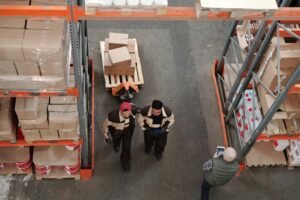

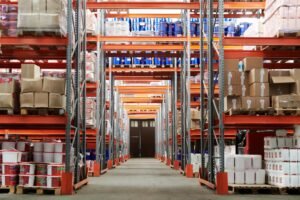
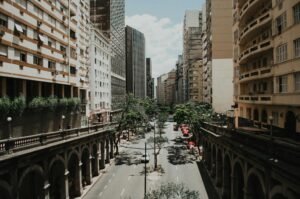
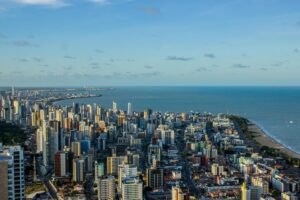
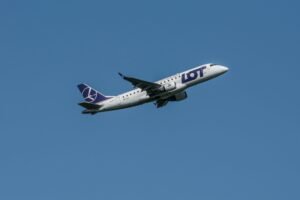
1 thought on “Packaging Trends Reshape Brazil in 2025”